Chordata

Red Fox
Vulpes vulpes

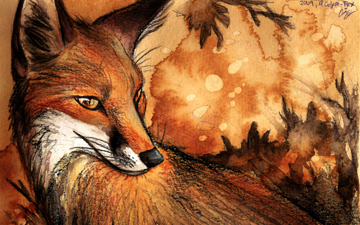

1 POINT
• Vulpes vulpes has a MOVE of 2
• Vulpes vulpes is a social animal. Red foxes live in groups which are led by one mated pair.
Cold, Cool, Warm
Graphic by Culpeo-FoxCulpeo-Fox.deviantart.com
Photo by Mike Bairdbairdphotos.com/
The Red Fox (Vulpes vulpes) is the largest of the true foxes, as well as being the most geographically spread member of the Carnivora, being distributed across the entire northern hemisphere from the Arctic Circle to North Africa, Central America, and the steppes of Asia. Its range has increased alongside human expansion, having been introduced to Australasia, where it […] read more

Lesser Roadrunner
Geococcyx velox

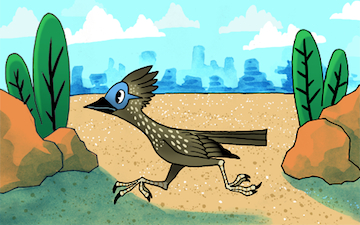
2 POINTS
• Geococcyx velox has a MOVE of 3
• Geococcyx velox can run at speeds of up to 20 miles per hour (32 km/h).
Warm, Hot
Graphic by Adam Smithrupted.deviantart.com/
Photo by Siegmund, Waltercommons.wikimedia.org/wiki/User:Wsiegmund
The Lesser Roadrunner, Geococcyx velox, is a large, long-legged member of the Cuckoo family, Cuculidae. The Lesser roadrunner resembles the Greater Roadrunner (Geococcyx californiana) in appearance and habit but is smaller and has a significantly shorter bill. Its breeding range is in southwestern Mexico, and north into the western side of the Sierra Madre Occidental […] read more

Eurasian Nuthatch
Sitta europaea

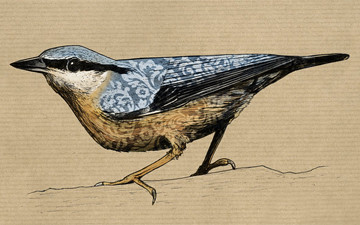
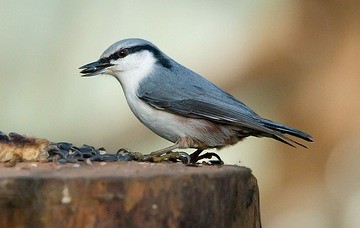
3 POINTS
• Sitta europaea has a FLIGHT of 2.
• Sitta europaea is the most common and most widespread nuthatch.
Cool, Warm
Graphic by Mark Sosbemarksosbe
Photo by Sergey Yeliseevwww.flickr.com/people/yeliseev/
The Eurasian Nuthatch, Sitta europaea, is a small passerine found throughout temperate Europe and Asia, although not in Ireland. It belongs to the nuthatch family Sittidae. This bird is the most common and most widespread nuthatch, and is often referred to just as the Nuthatch. It is a resident bird of deciduous woods and parkland, with some old trees for nesting. It feeds […] read more

Axolotl
Ambystoma mexicanum

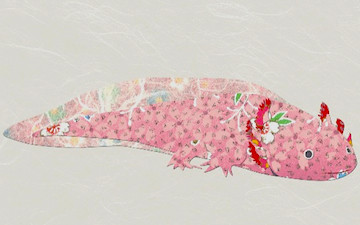
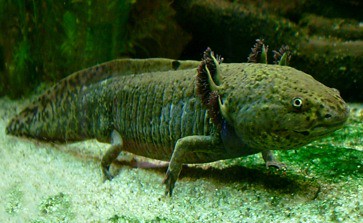
9 POINTS
• Ambystoma mexicanum has a MOVE of 2.
• Ambystoma mexicanum can regenerate its limbs.
Warm
Graphic by Yukiko Fujiwarawww.cdb.riken.go.jp/en/05_development/0506_piccard05.html
Photo by LoKiLeChcommons.wikimedia.org/wiki/User:Kolling
The axolotl ( /ˈæksəlɒtəl/), Ambystoma mexicanum, is a neotenic mole salamander belonging to the Tiger Salamander complex.[citation needed] Larvae of this species fail to undergo metamorphosis, so the adults remain aquatic and gilled. The species originates from Lake Texcoco underlying Mexico City and is also called ajolote (which is also the common name for the Mexican Mole Lizard). Axolotls are used extensively in scientific […] read more

Fire Salamander
Salamandra salamandra

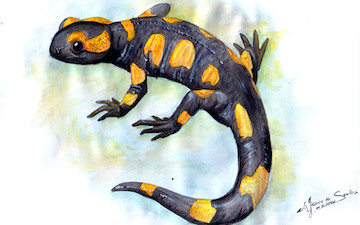

7 POINTS
• Salamandra salamandra has a MOVE of 2.
• Salamandra salamandra can spray neurotoxic chemicals at attacking predators.
Cool, Warm
Graphic by Klaudia Blicharskajigoku-no-son.deviantart.com/
Photo by Orchicommons.wikimedia.org/wiki/User:Orchi
The fire salamander (Salamandra salamandra) is probably the best-known salamander species in Europe. It is black with yellow spots or stripes to a varying degree; some specimens can be nearly completely black while on others the yellow is dominant. Shades of red and orange may sometimes appear, either replacing or mixing with the yellow according to subspecies. Fire […] read more

Luzon Bleeding-heart
Gallicolumba luzonica

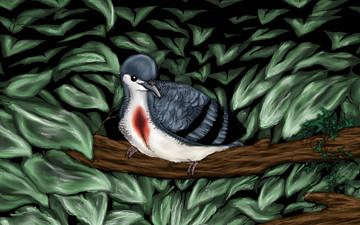
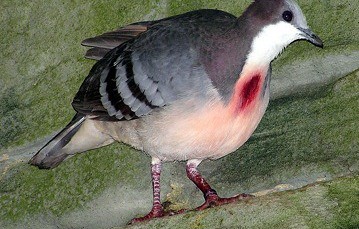
4 POINTS
• Gallicolumba luzonica has a FLIGHT of 2.
• Gallicolumba luzonica has a dark red patch on its breast that looks like a bleeding wound.
Warm, Hot
Graphic by Heather E. Harlowforbidding.deviantart.com/
Photo by Adrian Pingstonecommons.wikimedia.org/wiki/User:Arpingstone
The Luzon Bleeding-heart (Gallicolumba luzonica) is one of a number of species of ground dove in the genus Gallicolumba that are called “bleeding-hearts”. They get this name from a splash of vivid red colour at the centre of their white breasts. The Luzon Bleeding-heart is the species in which this feature is most pronounced, and on first sight […] read more